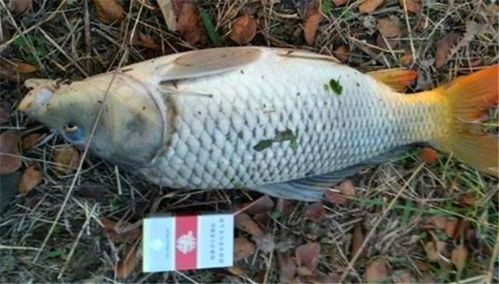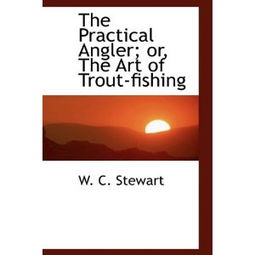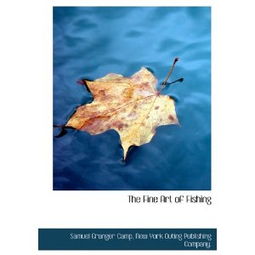Content:
Introduction: The allure of the sea is undeniable, and what better way to embrace its charm than by trying your hand at fishing? Whether you're a seasoned angler or a complete beginner, learning how to fish at the beach can be an exciting and rewarding experience. In this article, we will guide you through the essential steps and techniques to help you master the art of fishing at the seaside.
Choose the Right Equipment: Before heading to the beach, it's crucial to have the right equipment. Here's a list of essential items you'll need:
a. Rod and Reel: Choose a rod and reel that suit your preferences and the type of fish you're targeting. Spinning rods and reels are ideal for beginners. b. Line: Use a monofilament line for beginners, as it's more forgiving and easier to handle. c. Hooks: Select hooks that match the size and type of bait you plan to use. d. Bait: Live bait, such as crabs or shrimp, or artificial lures like jigs and spoons can be effective. e. Tackle Box: Keep essential tools like pliers, a knife, and extra hooks handy.
Choose the Right Spot: The key to successful beach fishing is selecting the right spot. Here are some tips to help you find the perfect location:
a. High Tide: Fish tend to be more active during high tide, as it brings more food and nutrients to the shore. b. Structure: Look for areas with rocks, reefs, or sandbars, as these structures can attract fish. c. Currents: Identify areas with strong currents, as they often attract fish looking for food.
Learn Basic Casting Techniques: Casting is a fundamental skill in beach fishing. Here's how to do it:
a. Hold the rod with a comfortable grip, keeping your elbow close to your body. b. Point the rod tip towards the target and begin to load the reel by winding the handle. c. Swing the rod back, allowing the line to unroll from the reel. d. With a quick motion, release the line, allowing the rod to follow through and propel the bait towards the target.
Master the Art of Baiting: Properly baiting your hook is crucial for attracting fish. Here's how to do it:
a. Cut the bait into small, manageable pieces. b. Thread the bait onto the hook, ensuring it's securely attached. c. Keep the bait as natural-looking as possible to mimic real prey.
Patience is Key: Fishing is a waiting game, and patience is essential. Here are some tips to help you stay focused:
a. Stay still and quiet to avoid startling fish. b. Observe the water for signs of fish activity, such as splashes or bubbles. c. Adjust your technique if you're not getting bites, such as changing bait or repositioning your rod.

Safety First: When fishing at the beach, safety should always be a priority. Here are some tips to keep in mind:
a. Stay hydrated and wear sunscreen to protect yourself from the sun. b. Keep an eye on the weather and be prepared for sudden changes. c. Always fish with a buddy or inform someone of your plans and location.
Conclusion: Learning how to fish at the beach can be a fun and enriching experience. By following these tips and techniques, you'll be well on your way to becoming a skilled beach angler. Remember to enjoy the process, practice patience, and always prioritize safety. Happy fishing!












